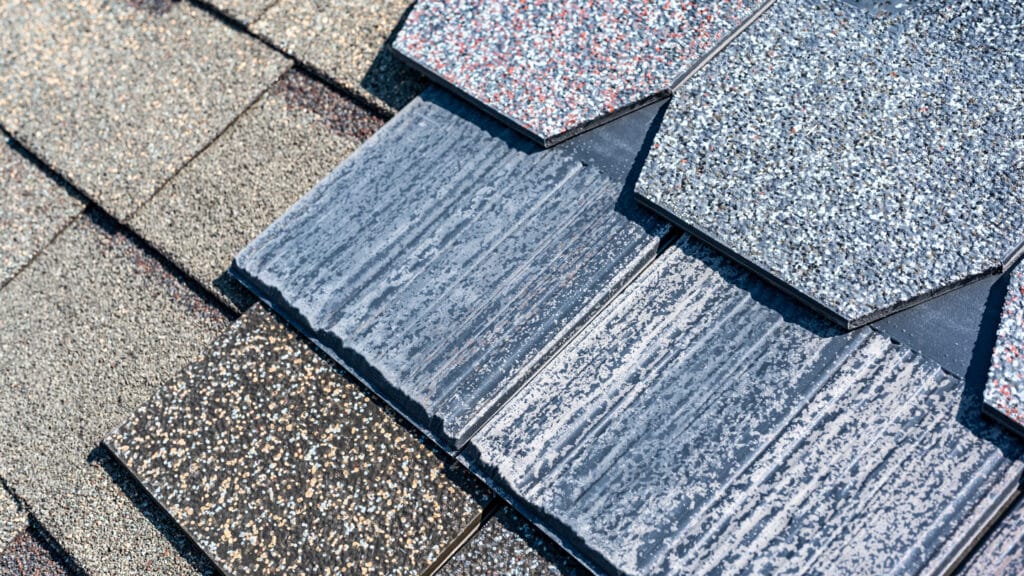Selecting the right roofing material is a crucial decision for any property owner, as the roof serves as the primary defense against weather elements and contributes significantly to the visual appeal and overall value of the property. With numerous types of roofing materials available, making an informed choice can be an overwhelming task. To assist you in navigating this important decision, we have compiled a comprehensive guide to different types of roofing materials, outlining their unique characteristics and benefits, as well as their potential drawbacks.
Our guide will cover a range of roofing material options, from traditional asphalt shingles and metal roofing to eco-friendly choices like solar and green roofs. As you read on, we encourage you to consider factors such as the architectural style of your property, the local building codes and regulations, the climate of your region, and your budget. Each roofing material offers unique benefits in terms of durability, aesthetics, energy efficiency, and sustainability. Understanding these aspects will help you make the best decision for your residential or commercial property, ensuring a solid investment that delivers long-lasting performance and satisfaction.
In this article, we will delve into various types of roofing materials such as asphalt shingles, metal roofing, tile roofing, wood shakes and shingles, and eco-friendly options like solar panels and green roofs. We will explore their distinct advantages, lifespan, and any potential drawbacks. Our aim is to provide you with all the information you need to make an educated choice that meets your requirements and aligns with your vision for your property.
Remember, the right roofing material is not only an essential component of your property’s structural integrity, but it can also have a significant impact on your energy costs, property value, and overall environmental footprint. By carefully considering all the variables and weighing the pros and cons of each option, you can make a well-informed decision that will benefit you and your property for years to come. And, as always, our team at Silverstone Roofing is here to offer expert advice and guidance throughout the process, ensuring your satisfaction and peace of mind.
Asphalt Shingles: A Versatile and Cost-Effective Roofing Solution
Asphalt shingles are the most popular roofing material for residential properties in the United States, owing to their versatility in terms of design, affordability, and relatively easy installation. Available in a wide range of colors, textures, and styles, asphalt shingles can complement a variety of architectural designs and aesthetics. There are two main categories of asphalt shingles:
1. Three-tab shingles: These traditional, flat shingles are cut into three separate “tabs,” offering a uniform appearance and lower cost. They typically have a lifespan of around 20-30 years.
2. Architectural shingles: Also known as dimensional or laminated shingles, architectural shingles have a multi-layered design that adds depth and character to a roof. They are more durable and often come with longer warranties, with a lifespan of up to 30-50 years.
While asphalt shingles are an attractive choice due to their cost-effectiveness, they can be susceptible to damage from severe weather such as strong winds and hail. They also have a shorter lifespan compared to other roofing materials.
Metal Roofing: A Durable and Energy-Efficient Option
Metal roofing has gained popularity in recent years thanks to its durability, energy efficiency, and eco-friendly qualities. Commonly manufactured from aluminum, steel, or copper, metal roofing comes in a variety of styles and finishes, including standing seam panels and interlocking shingles. Some of the key benefits of metal roofing include:
1. Longevity: Metal roofs boast a long lifespan, with most materials lasting 40-70 years.
2. Low maintenance: Metal roofing requires minimal upkeep, making it an appealing option for property owners looking for a low-maintenance solution.
3. Energy efficiency: Metal roofs reflect sunlight, reducing heat gain and potentially lowering energy costs.
Despite these advantages, metal roofing can be more expensive to install compared to asphalt shingles and may not suit every property’s architectural style. Additionally, metal roofs can be noisy during rain or hailstorms.
Tile Roofing: A Classic and Long-Lasting Choice
Tile roofing offers a distinct, timeless appearance often associated with Mediterranean, Spanish, and Southwestern architecture. Traditionally made from clay or concrete, tile roofs are known for their durability, resistance to fire, and ability to withstand heavy winds and hail. Some of the key features of tile roofing include:
1. Long lifespan: With proper maintenance, tile roofs can last 50-100 years or more.
2. Variety of styles and colors: Tile roofing is available in various styles, colors, and finishes, allowing for diverse design possibilities.
However, tile roofing can be significantly heavier than other materials, and not all structures are equipped to support their weight. Additionally, the installation process can be more complicated and costly compared to other roofing options.
Wood Shakes and Shingles: A Natural and Rustic Option
Wood shakes and shingles offer a unique, rustic appearance that can add character to any property. Typically made from cedar, redwood, or pine, these roofing materials provide a natural insulation and have a longer lifespan compared to asphalt shingles. Key benefits of wood shakes and shingles include:
1. Aesthetic appeal: Wood roofing provides a warm, natural look that can enhance a property’s charm and appeal.
2. Durability: With proper maintenance, wood shakes and shingles can last 30-50 years or more.
On the downside, wood roofing materials require regular maintenance to prevent rot, mold, and insect damage. They can also be more expensive than other materials and usually have a higher installation cost due to the specialized skills required.
Eco-Friendly Roofing Options: Solar Panels and Green Roofs
With a growing focus on sustainability and energy efficiency, many property owners are considering eco-friendly roofing options such as solar panels and green roofs.
1. Solar panels: Installing solar panels on your roof can help reduce electricity bills and minimize your carbon footprint by harnessing renewable energy from the sun.
2. Green roofs: A green roof, covered with vegetation, not only enhances a property’s visual appeal but also improves insulation and reduces urban heat island effects.
While these options offer environmental benefits, they may have higher upfront costs and may require specialized installation and maintenance.
Conclusion
Selecting the right roofing material for your property is a critical decision, requiring a careful evaluation of factors such as durability, aesthetics, energy efficiency, and local building codes. By understanding the unique characteristics and benefits of different roofing materials, you can make an informed choice that meets your requirements and aligns with your vision for your property. Our team at Silverstone Roofing, a roofing contractor in Longwood, FL, is here to offer expert advice and guidance throughout the process, ensuring your satisfaction and peace of mind. Contact us today to discuss your roofing needs and explore the best options for your home or business.


